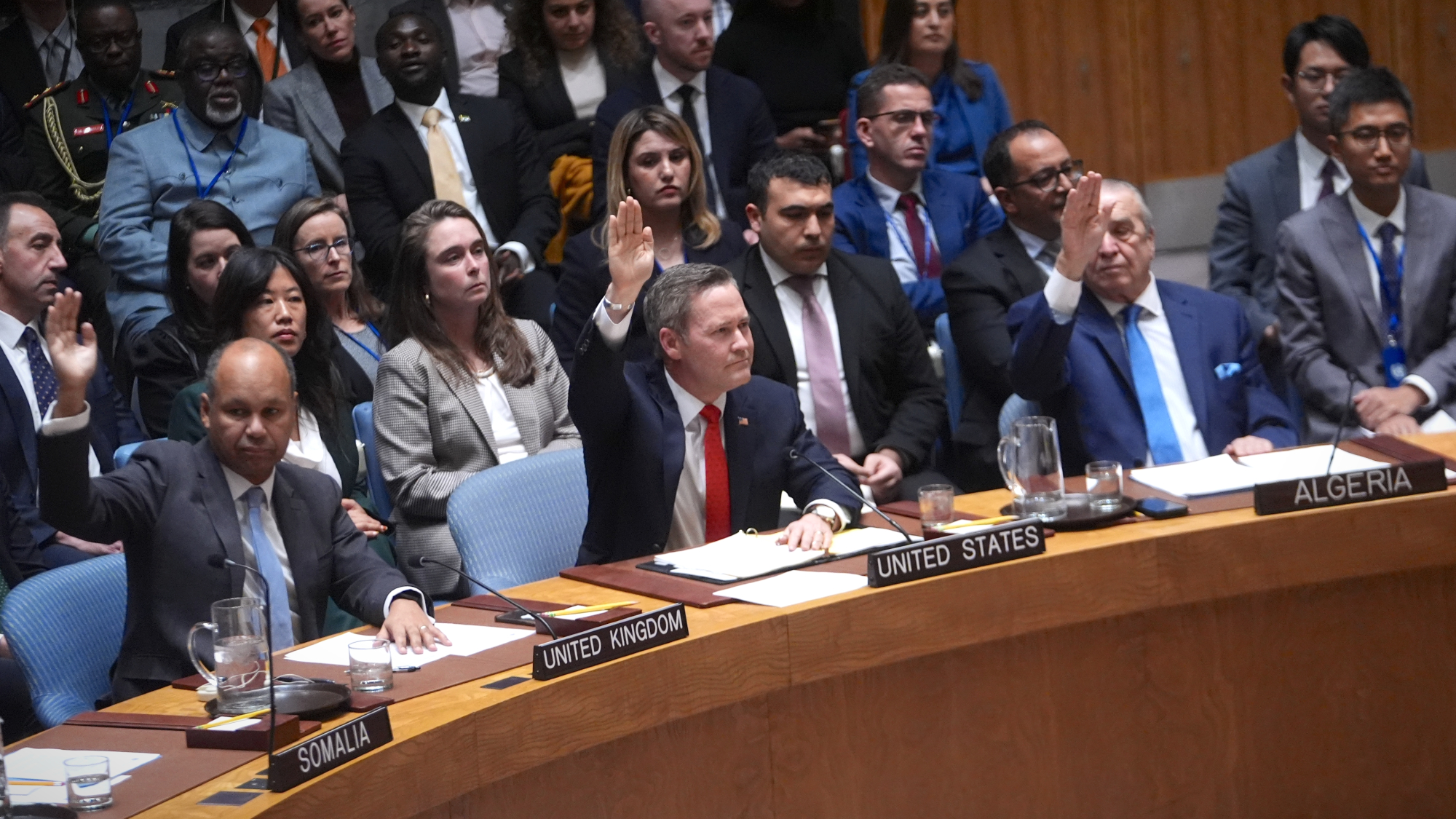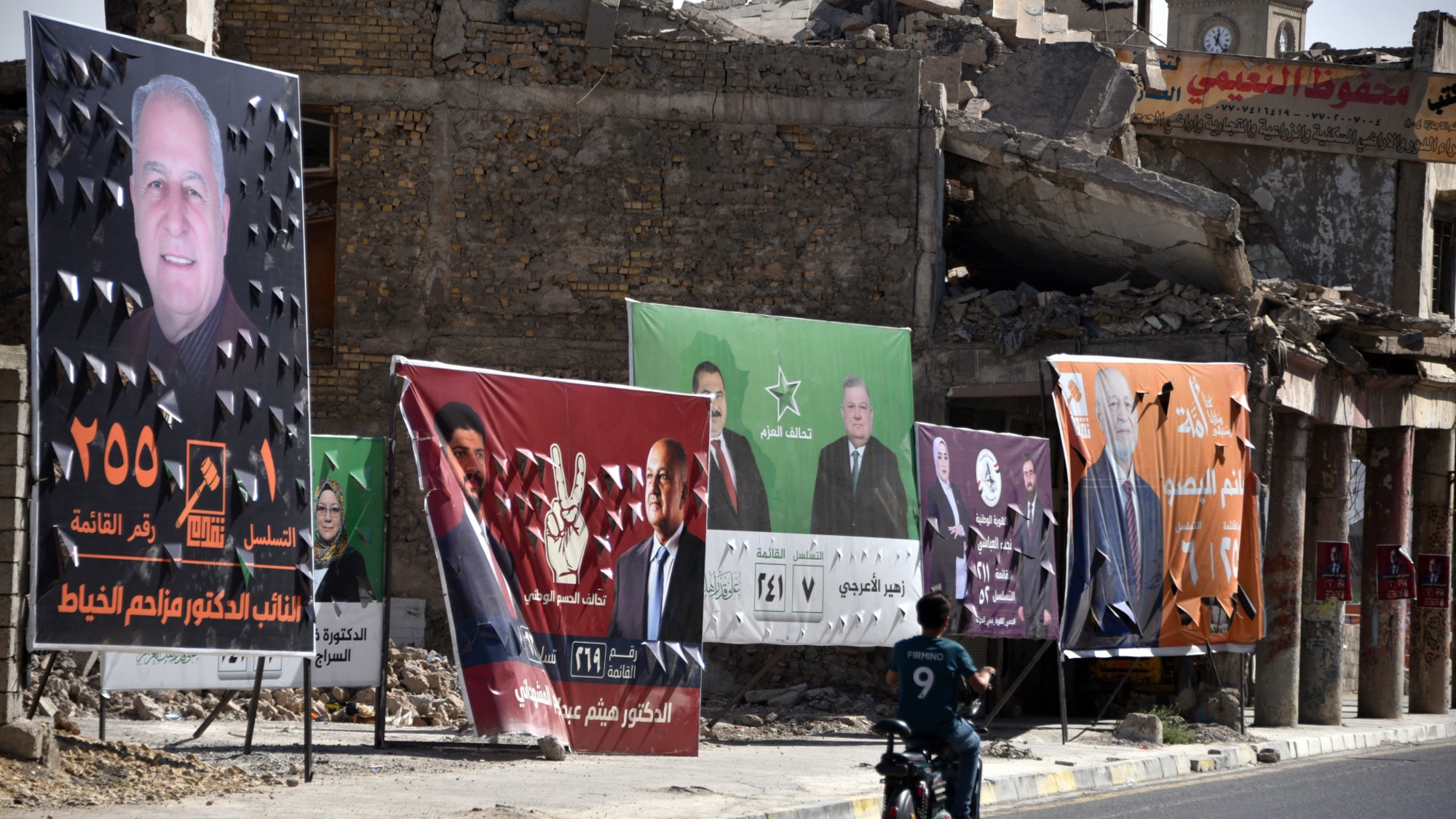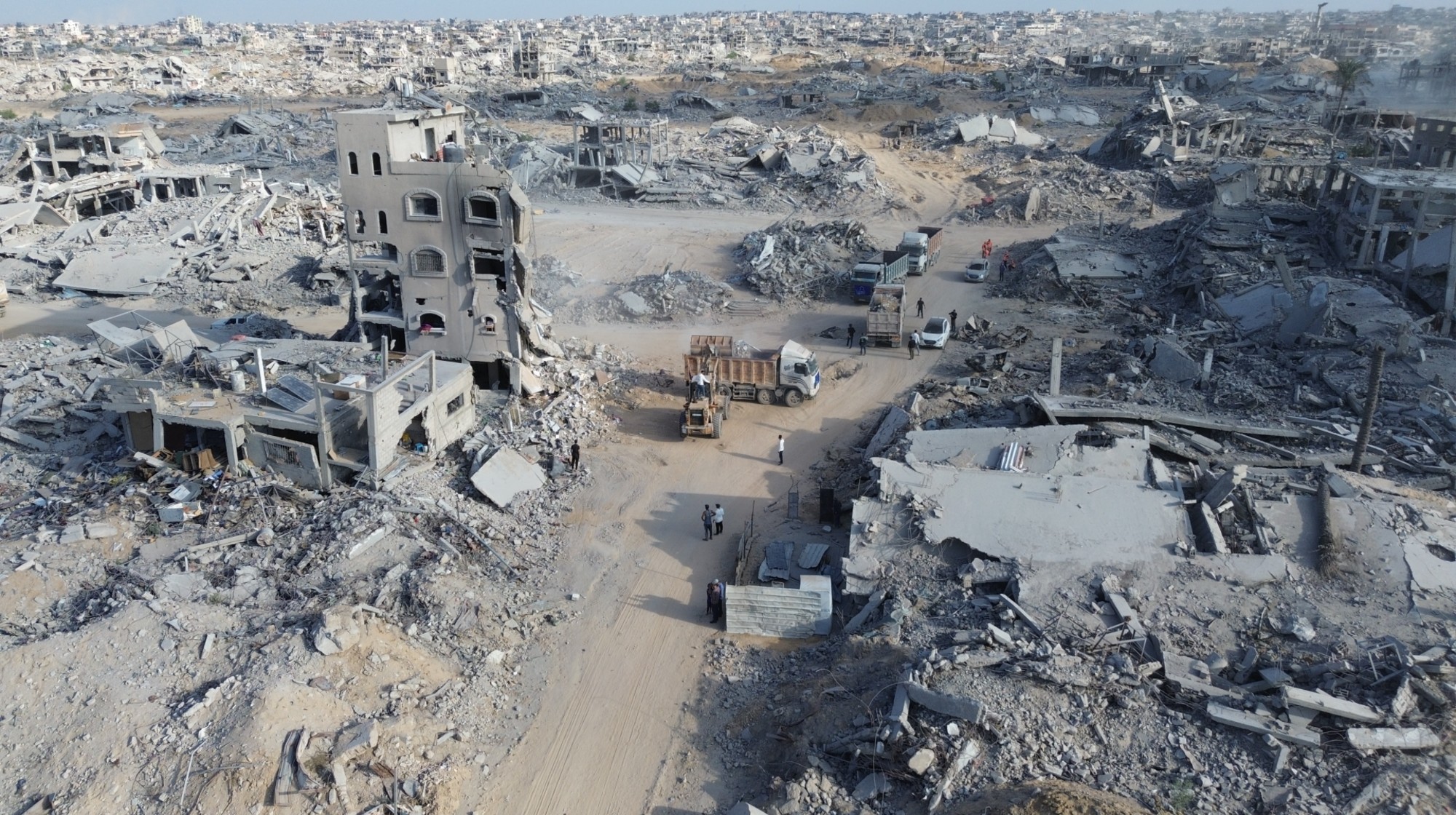Tehran’s proxy wars: how Iran spends its billions
Critics say vast amounts of oil revenue goes overseas to fund foreign conflicts

Iran is facing its worst civil unrest in almost a decade, with at least 22 people killed in street demonstrations that began in a reaction to tough economic times.
Iranians were promised in 2015 that the easing of sanctions would make their lives easier, with oil revenue restored after years of embargo. But there has been no recovery. In fact, according to the BBC’s Persian service, the average Iranian is now 15% worse off than they were ten years ago.
So, where is the oil money going?
The Week
Escape your echo chamber. Get the facts behind the news, plus analysis from multiple perspectives.

Sign up for The Week's Free Newsletters
From our morning news briefing to a weekly Good News Newsletter, get the best of The Week delivered directly to your inbox.
From our morning news briefing to a weekly Good News Newsletter, get the best of The Week delivered directly to your inbox.
Some protesters want Tehran to stop spending what they say is “vast amounts of money” on supporting the Syrian regime of President Bashar al-Assad, the Lebanese Shia group Hezbollah and the Palestinian Hamas movement, Deutsche Welle reports.
In an interview with The Times of Israel, Israeli government minister Yuval Steinitz says that Iran spends $1bn (£740m) each year just on Hezbollah.
Left-wing Israeli newspaper Haaretz quotes unnamed “Western intelligence sources” who claim that hardliners want to “capitalise” on money spent during Syria’s civil war to “entrench [Iran’s] presence by building a permanent air base and docking facilities on the Mediterranean coast”.
This would cost “at least hundreds of millions, if not billions”, the newspaper says, money that factions close to Iranian President Hassan Rouhani want to reserve for “improving infrastructure and providing jobs at home”.
A free daily email with the biggest news stories of the day – and the best features from TheWeek.com
According to Haaretz, Iran’s state-owned banks set up credit lines totalling $4.6bn (£3.4bn) for the Syrian regime in 2013 and 2015. It has paid a monthly wage to around 50,000 militia fighters, and has supplied arms “daily”, and military “advisers”.
Estimates of Iran’s total funding for Hezbollah in Lebanon vary from $60m (£44m) to $1bn a year, the newspaper adds, while Israeli intelligence estimates Iranian backing to Islamic groups in Gaza adds up to some $100m (£74m) annually.
-
 Why it’s important to shop around for a mortgage and what to look for
Why it’s important to shop around for a mortgage and what to look forThe Explainer You can save big by comparing different mortgage offers
-
 4 ways to save on rising health care costs
4 ways to save on rising health care costsThe Explainer Health care expenses are part of an overall increase in the cost of living for Americans
-
 How to financially prepare for divorce
How to financially prepare for divorceThe Explainer Facing ‘irreconcilable differences’ does not have to be financially devastating
-
 How Bulgaria’s government fell amid mass protests
How Bulgaria’s government fell amid mass protestsThe Explainer The country’s prime minister resigned as part of the fallout
-
 Femicide: Italy’s newest crime
Femicide: Italy’s newest crimeThe Explainer Landmark law to criminalise murder of a woman as an ‘act of hatred’ or ‘subjugation’ but critics say Italy is still deeply patriarchal
-
 Brazil’s Bolsonaro behind bars after appeals run out
Brazil’s Bolsonaro behind bars after appeals run outSpeed Read He will serve 27 years in prison
-
 Americans traveling abroad face renewed criticism in the Trump era
Americans traveling abroad face renewed criticism in the Trump eraThe Explainer Some of Trump’s behavior has Americans being questioned
-
 UN Security Council backs Trump’s Gaza peace plan
UN Security Council backs Trump’s Gaza peace planSpeed Read The United Nations voted 13-0 to endorse President Donald Trump’s 20-point plan to withdraw Israeli troops from Gaza
-
 Why these Iraqi elections are so important
Why these Iraqi elections are so importantThe Explainer The US and Israel are increasingly pressuring Baghdad to tackle Iran-backed militants, while weakened Iran sees Iraq as a vital remaining ally
-
 Nigeria confused by Trump invasion threat
Nigeria confused by Trump invasion threatSpeed Read Trump has claimed the country is persecuting Christians
-
 Gaza ceasefire teeters as Netanyahu orders strikes
Gaza ceasefire teeters as Netanyahu orders strikesSpeed Read Israel accused Hamas of firing on Israeli troops